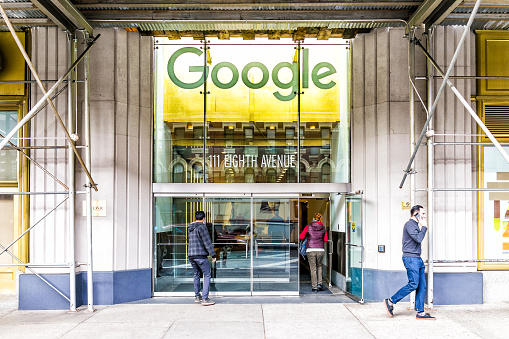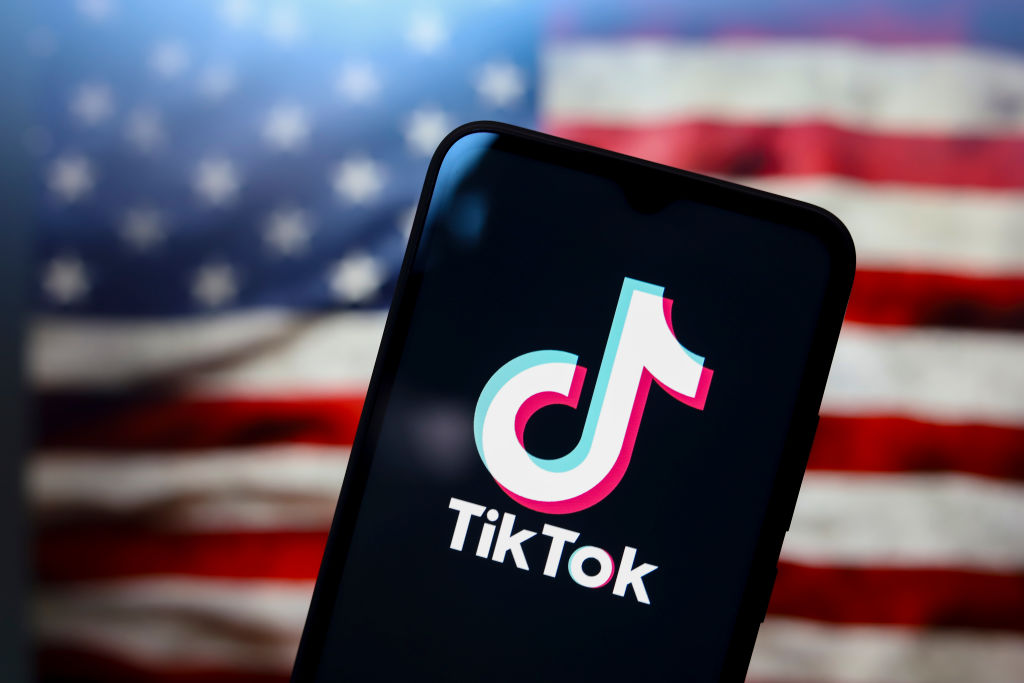Google’s temps, vendors and contractors (TVCs) make up more of the workforce than most people may think. Now, a report by The New York Times has revealed just how differently Google treats its “Shadow Workforce.”
For many, TVC positions are supposed to be a pathway into Google. However, The Times reported these employees are essentially barred from growth opportunities within the company. They’re not allowed to attend internal all-hands meetings nor company job fairs, and they don’t have access to internal job listings.
In addition, TVCs are required to identify themselves by wearing red badges, as reported by Business Insider. The outlet previously found that “Google’s two-class employee system” means TVCs and full-time employees rarely interact.
Earlier this year, Business Insider also reported that three former TVC workers said TVCs were banned from all internal chat forums running on Google Groups in 2018. The company cited “security concerns” as their reason.
The stark difference in treatment between TVCs and full-time employees is bad enough. However, it’s made worse by knowing just how much Google relies on TVC’s labor.
An internal document obtained by The Times puts the number of TVCs at about 121,000 positions around the world. Google only has 102,000 full-time employees.
If that number seems off, it’s backed up by a letter Google Workers published last month stating that TVCs make up 54 percent of Google’s workforce — or about 122,000 positions.
“Over half of Google’s workers are temps. This wasn’t always true,” Meredith Whittaker, a tech labor organizer who said Google retaliated against her following a November walkout, tweeted. “We’re building a future where only bosses and elite engineers are ‘real’ employees, while everyone else is treated as disposable. To create a livable ‘future of work,’ this has to change.”
Over half of Google's workers are temps. This wasn't always true. We're building a future where only bosses & elite engineers are "real" employees, while everyone else is treated as disposable. To create a livable "future of work," this has to change. https://t.co/zMgRc2jf0l
— Meredith Whittaker (@mer__edith) May 28, 2019
Not only are there differences in how TVCs are treated, but that can result in pay or other labor imbalances. After all, Google only made it a requirement for companies that employ TVCs to offer health care benefits, parental leave, and a minimum wage of $15 last month.
More than 900 employees signed a letter condemning the treatment of TVCs in a “historical coalition” between full-time employees and TVCs. According to The Guardian, part of what drove workers was Google shortening contracts for work on Google Assistant. Those cuts drastically impacted TVCs.
“For years, Google has boasted of its ability to scale up and down very quickly, and [sic] vocal in its ability to navigate changes with agility,” the letter says, according to The Guardian. “A whole team thrown into financial uncertainty is what scaling down quickly looks like for Google workers. This is the human cost of agility.”
Although many tech companies publicly portray themselves as “hip” or “socially conscious,” it’s clear that what happens behind closed doors isn’t always acceptable.
Google has essentially created a class system within its own workforce. The company’s treatment of TVCs reveals the importance of labor organizing within the tech industry.
















